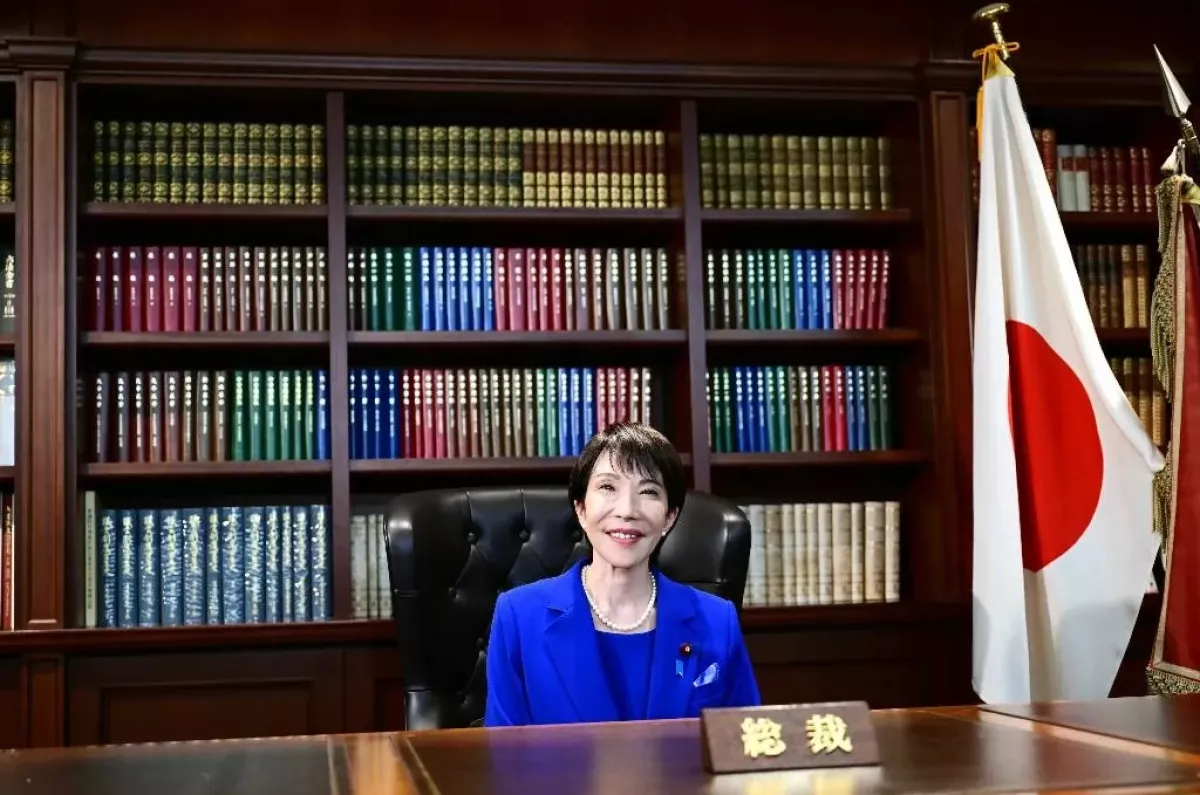Samurai vs the Great Wall Tokyo and Beijing in a diplomatic standoff
Diplomatic tensions have flared once again between Tokyo and Beijing. The trigger was a statement by Japan’s new Prime Minister Sanae Takaichi, who said that “a possible Chinese attack on Taiwan would be regarded as a threat to the survival of the country, and therefore could justify the use of the Self-Defence Forces.” In Asia, where diplomatic language is usually carefully measured, such a statement was perceived as a direct challenge.
China’s response was immediate and harsh. A spokesperson for the Chinese Ministry of Defence promised Japan “crushing defeat,” referring to the “iron wall of the People’s Liberation Army” and urging Tokyo to “learn from history.” The Chinese Consul General in Osaka went even further, using a sharp metaphor, saying that China would have “no choice but to cut the throat” of anyone who “attacks” it. The post was later deleted, and China’s Ministry of Foreign Affairs called it a personal remark, but the tension had already escalated beyond the bounds of diplomatic protocol.

Tokyo sees the situation around Taiwan as a direct threat to its own economic interests. The main Japanese import and export routes pass near the island, and Chinese control over these routes would inevitably increase Japan’s dependence on Beijing. More broadly, from Japan’s perspective, bringing Taiwan back under Chinese control would disrupt the entire security framework in the Asia-Pacific region, established after World War II and designed to satisfy the United States, which, as is well known, guarantees the security of the Land of the Rising Sun.
It is precisely the growing likelihood of the rebellious island returning to Beijing’s control that has triggered a new phase of Japanese militarisation. On one hand, Tokyo, with Washington’s consent, seeks to share with the U.S. the burden of securing the Japanese islands; on the other, it aims to achieve a status that allows it to defend its own interests independently. This “hawkish turn” in Japan’s military policy was initiated by former Prime Minister Shinzo Abe and has now been confidently continued by the first female prime minister, Sanae Takaichi. She came to power on a platform of national revival, becoming a symbol of Japan’s internal return to tradition. She speaks of reviving Shinto values, the cult of the emperor—in short, the national spirit. This discourse resonates with parts of society weary of economic stagnation and a loss of self-identity. The new prime minister’s approval ratings are high, and her image as a “female samurai” is actively promoted in national media.
A staunch conservative, Takaichi openly speaks of the need to restore “true sovereignty” to the country and to break free from externally imposed pacifism. Her programme includes strengthening Japan’s defence capabilities, doubling the military budget, revising Article 9 of the Constitution—which bans maintaining a standing army—and reinforcing the military alliance with the United States.
However, what Tokyo presents as a defence of its interests is perceived by Beijing as a revival of old ghosts, especially since Takaichi’s rhetoric and actions, tinged with nostalgic overtones, give reason for such concerns. For example, she is known to visit the Shinto Yasukuni Shrine, dedicated to Japanese soldiers who died in World War II. Among the inscriptions are names of individuals deemed war criminals by the Tokyo Tribunal. It is akin to Chancellor Merz making a habit of visiting a Himmler museum—if one were to exist.

Chinese diplomats are increasingly speaking of a “revival of Japanese militarism” and a “departure from pacifist principles.” The Chinese Foreign Ministry notes that in recent years Japan has increased military spending, eased restrictions on arms exports, and allowed for the possibility of revising its three non-nuclear principles. For China—a country that endured occupation and war crimes by the Imperial Japanese Army—these moves are seen as a worrying signal.
China has already dispatched a reconnaissance ship to Japanese waters—a clear hint that it is prepared to defend its interests not just in words. Particular attention is focused on Washington’s response: the U.S. has stated its commitment to peace and stability in the Taiwan Strait and opposes any unilateral attempts to alter the status quo. It appears the Americans are seeking to temper Japan’s prime minister, unwilling to unnecessarily escalate relations with China, which have been so carefully balanced (even if only temporarily).
On the other hand, all of this also appears as a coordinated psychological manoeuvre aimed at Beijing. It is enough to recall that, alongside Takaichi’s statements, news emerged that the United States had approved the sale of fighter jets and aviation equipment to Taiwan worth $330 million.
In any case, one thing remains clear: Japan will remain closely tied to the U.S. militarily for a long time, and its role as an additional deterrent against China is only set to grow.








